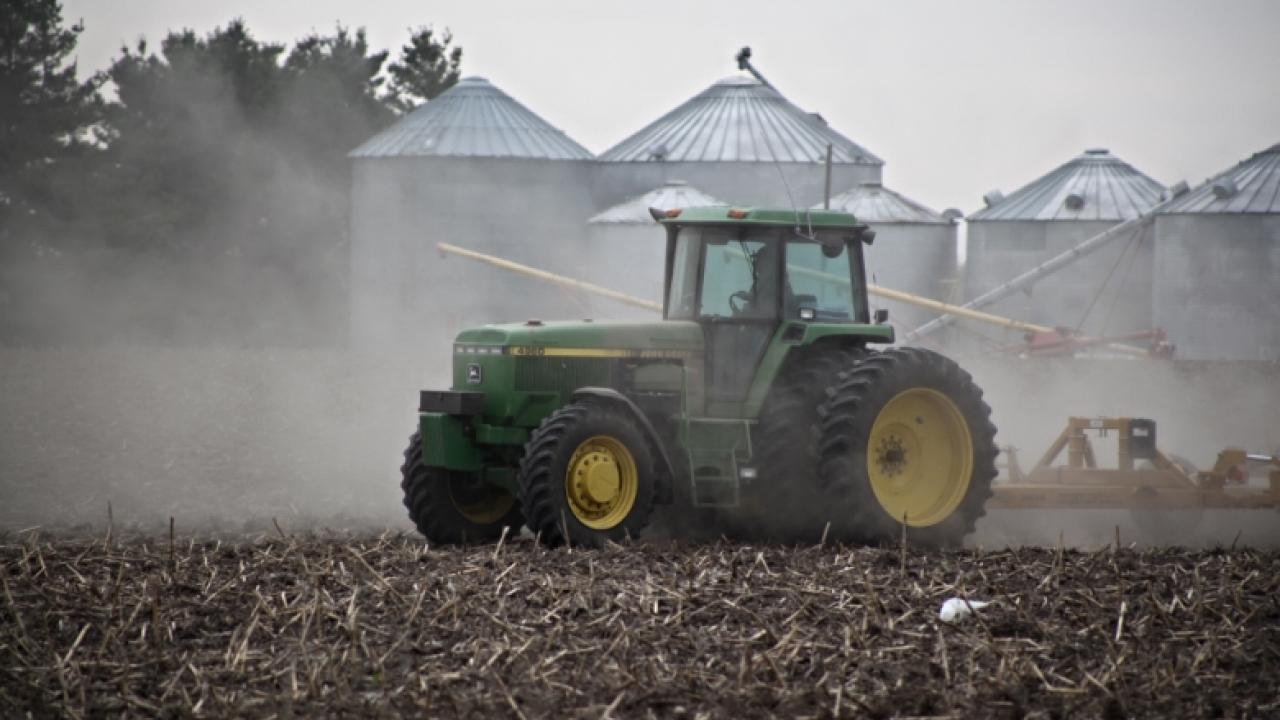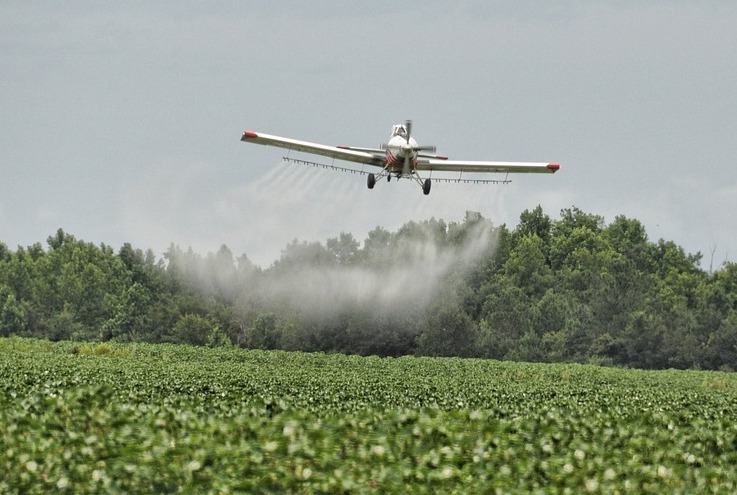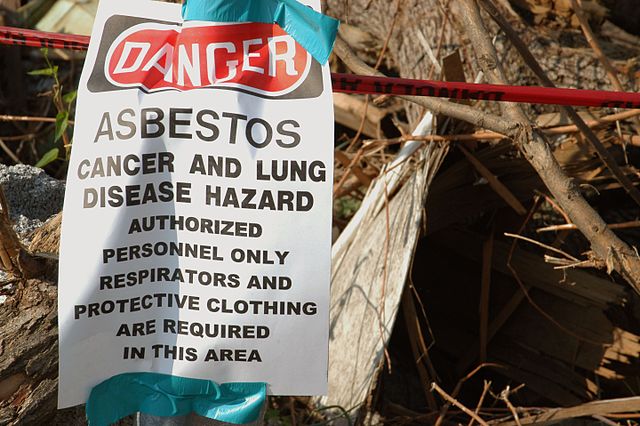
Healthy Lungs and Agriculture
Agricultural workers face numerous airborne threats every day. Air pollutant emissions, soil fumigants, pesticides, mold, asbestos, and dust are a few of the potential lung health hazards that an agricultural worker can come into contact through work.
Researchers at the Western Center for Agricultural Health and Safety (WCAHS) have a long history of studying ways to protect workers from airborne contaminants. Projects include studying whether agricultural workers have an increased risk for Valley fever, identifying agricultural practices that present increased risk for respiratory toxicity, and how the new chicken caging laws in California affect poultry worker respiratory health.
Here, we take a look at how some of these toxins can affect agricultural worker’s health.

Soil Fumigants, Environmental Dusts, and Pesticides
Pesticides and soil fumigants are commonly used in the agricultural industry. There are many benefits to the uses of pesticides and fumigants, including crop protection, food preservation, and disease control from such hazards as insects, weeds, rodents, fungi or other organisms. A down side is that they can also be hazardous to the human health if not properly controlled.
It is important that pesticide and fumigant applicators know how to safely apply pesticides, use appropriate personal protective equipment, and notify other workers when pesticides have been applied. This is because people can become poisoned or die from pesticide exposure. Some of respiratory symptoms and diseases associated with chronic occupational pesticide exposure, include
- Asthma
- Chronic bronchitis or COPD
- Lung cancer
- Impaired lung function
- Cough, wheeze, allergy
One alternative to the use of toxic soil fumigants currently being researched at WCAHS is the use of biosolarization. Biosolarization uses the process of mulching the soil with a tarp to trap solar heat radiation to heat the soil to a temperature that kills pests. Addition of compost to the soil results in increased microbial activity that adds additional protection against pests.
Environmental dust pollution is another common in agricultural pollutant, especially in the western US where dry farming methods are used. For example, tilling the soil can produce large dust clouds as can livestock in stockyards or dairies. Dust exposure has been associated with exacerbating asthma, allergies, and respiratory infections.
Mold

One lesser-known environmental factor that can affect the respiratory health of agricultural workers is mold. Mold is a naturally-occurring fungus that is often found in damp and humid conditions indoors or outdoors. Once mold begins to grow, it can reproduce even in harsh conditions.
On farms, mold tends to hide in things such as haystacks, and also in straw and grain. This happens when crops and hay are stored without sufficient drying, causing the heat and moisture to produce mold growth.
For workers, coming into contact with mold can cause numerous health issues. For example, as bales of moldy hay are broken open, a fine dust is released that can cause Farmer’s lung, an allergic reaction. Farmer’s lung is most commonly caused by hay, but any moldy crop can cause it.
Some respiratory symptoms of mold exposure are:
- Wheezing
- Shortness of breath
- Fever
- Asthma-like symptoms
- Respiratory illness in children
With proper ventilation, low indoor humidity levels, and sufficiently drying hay, most mold can be contained to help to keep workers safe on farms.
Asbestos

Asbestos is a naturally-occurring silicate mineral that was often used in the past as a building material in factories, homes, and farms because it is extremely durable and resistant to high temperatures, including fires. The U.S. did not start regulating the use of asbestos until the mid-1980’s, so many structures built before this time have a high possibility of containing asbestos.
According to the Congressional Record, roughly speaking, there are still 15 to 35 million structures that contain asbestos in the U.S. Asbestos can be commonly found behind walls, under vinyl tile flooring, in siding and roofing, in certain cement and around pipes.
When asbestos is properly installed and enclosed, it provides little threat to workers or people in the structure. However as those wear down over time, the asbestos can become damaged or disturbed, released into the air, and can be inhaled or ingested. There, it becomes a huge health risk as asbestos fibers can become lodged in the lungs linings and lead to mesothelioma cancer.
Mesothelioma from asbestos
Mesothelioma can commonly take up to 20 to 40 years to fully show the symptoms of the disease and is known for its poor prognosis. Common symptoms displayed in mesothelioma are:
- Difficulty breathing
- Hoarseness
- Low oxygen levels
- Fluid buildup in the lungs
- Difficulty swallowing
If any workers or individuals think they have been exposed to asbestos while working at a farm or factory, they should immediately get in touch with a doctor, so that they can be monitored to ensure no damage has occurred. In addition, if you see disturbed asbestos or think there is asbestos at the workplace, home, or farm, contact an asbestos inspector right away to ensure the safety of your family and of workers.
Please help us spread awareness by educating workers and staff on potential risks to respiratory health in agriculture. We advocate training agricultural workers on best practices, safety equipment, and how to best prevent injuries and illnesses.
For more information on the dangers of asbestos in particular and how it can lead to health issues, such as mesothelioma cancer, the Mesothelioma Cancer Alliance can be used as a resource for questions and answers. For additional questions related to fumigants, dusts, pesticides, molds and biosolarization, please contact the Western Center for Agricultural Health and Safety (WCAHS).
